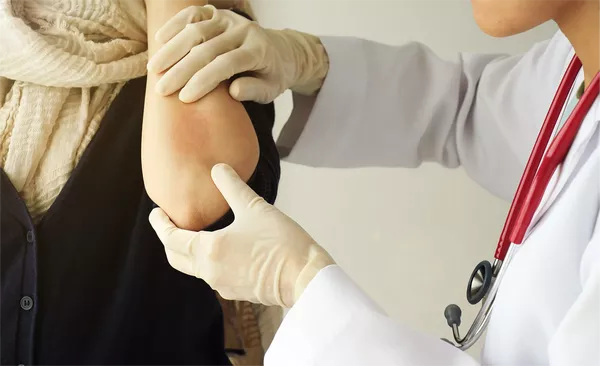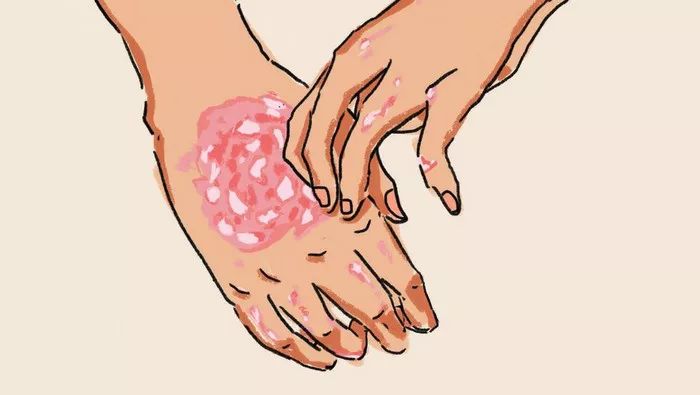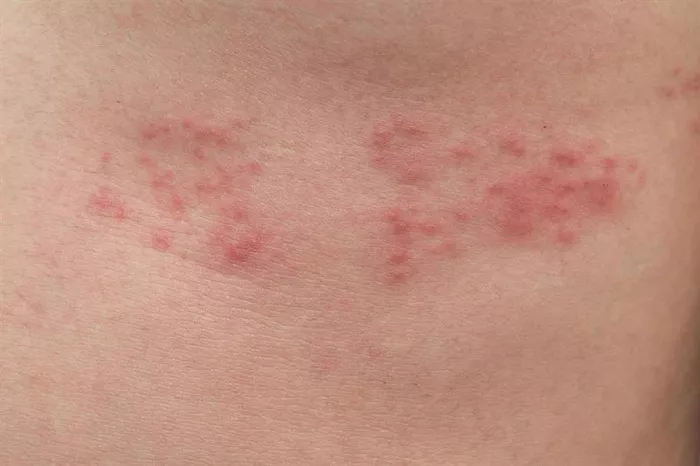Biologic therapies have revolutionized the treatment landscape for patients suffering from psoriasis, particularly those who have not responded to traditional therapies. However, a recent comprehensive review has underscored significant barriers that impede access to these therapies, revealing disparities across various demographic and socioeconomic factors.
Background
Psoriasis profoundly impacts patients’ quality of life, contributing to vocational impairment, diminished sexual functioning, and even suicidal ideation. Recognizing the urgency of early intervention, researchers emphasize the critical role of prompt assessment and treatment in restoring quality of life affected by psoriasis and associated comorbidities.
Treatment Gaps Despite Biologic Advances
Despite the efficacy of biologics in targeting specific inflammatory pathways, a substantial treatment gap persists, particularly for moderate to severe cases of psoriasis. A 2017 survey highlighted that a significant proportion of insured individuals diagnosed with psoriasis did not receive treatment, pointing to notable barriers in accessing and utilizing biologic therapies.
Research Methods
Researchers conducted an extensive literature review, screening 2684 articles from databases such as MEDLINE, Embase, and Web of Science. Eighteen studies met inclusion criteria, with an additional two studies identified through reverse-citation searching. Studies encompassed diverse methodologies, including cross-sectional, retrospective, mixed-methods, and qualitative approaches.
Identified Barriers
Increased Age
Research findings indicate that advanced age correlates with lower initiation rates of biologic therapy. This trend is attributed to factors such as increased comorbidities, concerns over adverse events, cognitive limitations, and physical challenges. Furthermore, elderly individuals are often underrepresented in clinical trials, limiting data on treatment efficacy and safety within this demographic.
Race and Ethnicity
Significant disparities exist in biologic access among racial and ethnic groups, notably affecting Black and Hispanic populations. Contributing factors include inadequate representation in medical education materials, clinical trials, and healthcare professions. Addressing these disparities requires comprehensive research to understand the root causes and develop targeted interventions.
Socioeconomic Status
Lower socioeconomic status poses substantial barriers to accessing biologic therapies, influenced by educational attainment, income levels, occupation types, and language proficiency. Tools like ADISKAP 1.0 have shown promise in identifying vulnerable populations with limited health literacy who may benefit from additional support. Occupational status and income significantly impact access, with those earning below 150% of the federal poverty line facing heightened barriers due to treatment costs.
Rural Location
Geographic disparities also hinder access to biologics, particularly in rural areas with sparse dermatological services. The disparity in dermatologist density between urban and rural regions underscores the challenges faced by rural residents, including longer travel distances and limited access to specialized care. Recommendations include incentivizing dermatological practice in rural areas and expanding telemedicine services to enhance accessibility.
Cost and Insurance
High out-of-pocket costs and insurance coverage limitations remain significant barriers despite healthcare provider willingness to prescribe biologics. The emergence of biosimilars offers a cost-effective alternative, demonstrating comparable efficacy and safety profiles to biologic counterparts. Awareness and utilization of biosimilars are crucial for improving overall access to effective psoriasis treatments.
Knowledge and Education
Inadequate patient and healthcare practitioner knowledge about biologics impedes treatment access. Increased exposure to medical information and community support can enhance awareness and acceptance of biologics among patients. Educational initiatives targeting both healthcare professionals and patients are essential to address safety concerns and optimize treatment outcomes.
Conclusion
The review highlights multiple barriers that hinder equitable access to biologic therapies for psoriasis treatment. These barriers include demographic factors such as age, race, socioeconomic status, and geographic location, as well as systemic issues related to healthcare access and education. Addressing these disparities requires continued research efforts and targeted interventions to ensure all patient populations receive timely and effective psoriasis care.
Researchers emphasize the need for further investigation into the extent of these disparities and their impact on health outcomes among marginalized and minority groups. By addressing these challenges, healthcare systems can better optimize psoriasis management and improve patient quality of life across diverse populations.
Related Topics:



























